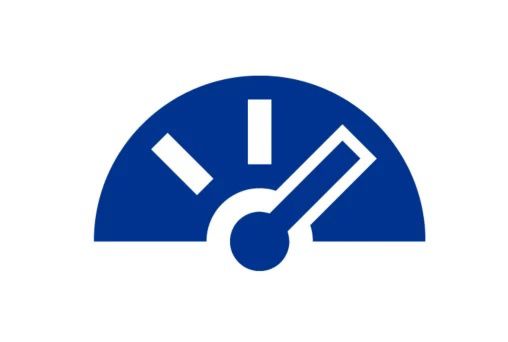At KPMG, we see low-code as the future of application development and automation. Low-code platforms can dramatically speed creation of enterprise-class applications, automate workflow and case management activities, integrate with existing information systems, and enable a slick user experience.
Low-code automates basic processes and allows employees to quickly develop scalable business applications. Low-code can expand or enhance the functionality of existing information systems as they are shifted to a cloud-computing environment. And they can supplement or even replace existing legacy applications in the back office.
By using best-in-class technologies, KPMG is helping leading organizations advance to a connected future where low-code platforms will unify front-, middle- and back-office functions.
Connect with us
- Find office locations kpmg.findOfficeLocations
- kpmg.emailUs
- Social media @ KPMG kpmg.socialMedia
How KPMG low-code is helping clients

Monitoring Concentration Risk and Margin Call Process
Challenge: Several manual interfaces with legacy systems, manual risk consolidation and reporting, time consuming and inefficient email orchestration across stakeholders
Why low-code: rapid development, modular scalability, non-disruptive integration with legacy infrastructure, full range of automation solutions
Outcomes:
- Build an application that will ensure proper segregation of duties between the business and second line of defense stakeholders
- Reduce the amount of time and resources required to manage the alerts, reduce the amount of manual errors and duplication of effort, streamline the archiving of evidence supporting the review of alerts
- Render Lombard Lending risk monitoring dynamic and reactive to your firm’s changing business requirements

Transforming an outdated tech landscape
Challenge: limited collaboration between workgroups, manual processes, disconnected systems and point solutions
Why low-code: 15+ applications built to modernize / replace legacy apps across regulatory, finance, supply chain and product management
Outcomes: Integrated applications, global collaboration, process visibility and significant reduction in product launch time

New product launch
Challenge: launching new / changing funds involve a complex processes, collaboration, system integrations, and real-time data visibility and reporting
Why low-code: most agile approach to consolidate 500+ data fields, process global product/term sheets, manage workflows/tasks & approvals for 100s of users
Outcomes: improved time to market, increased data accuracy, eliminated duplication of data entry, reduced complaint resolution times, self-admin capabilities
Four leading practices for low-code success
To help ensure that your organization gets the most from low-code development platforms, KPMG recommends adopting the following leading practices:

1. Refine your enterprise architecture strategy to define how you will use
low-code platforms.

2. Employ a fail fast, test-and-learn mentality.

3. Employ or contract with experienced developers for complex application development.

4. Build a center of excellence.
